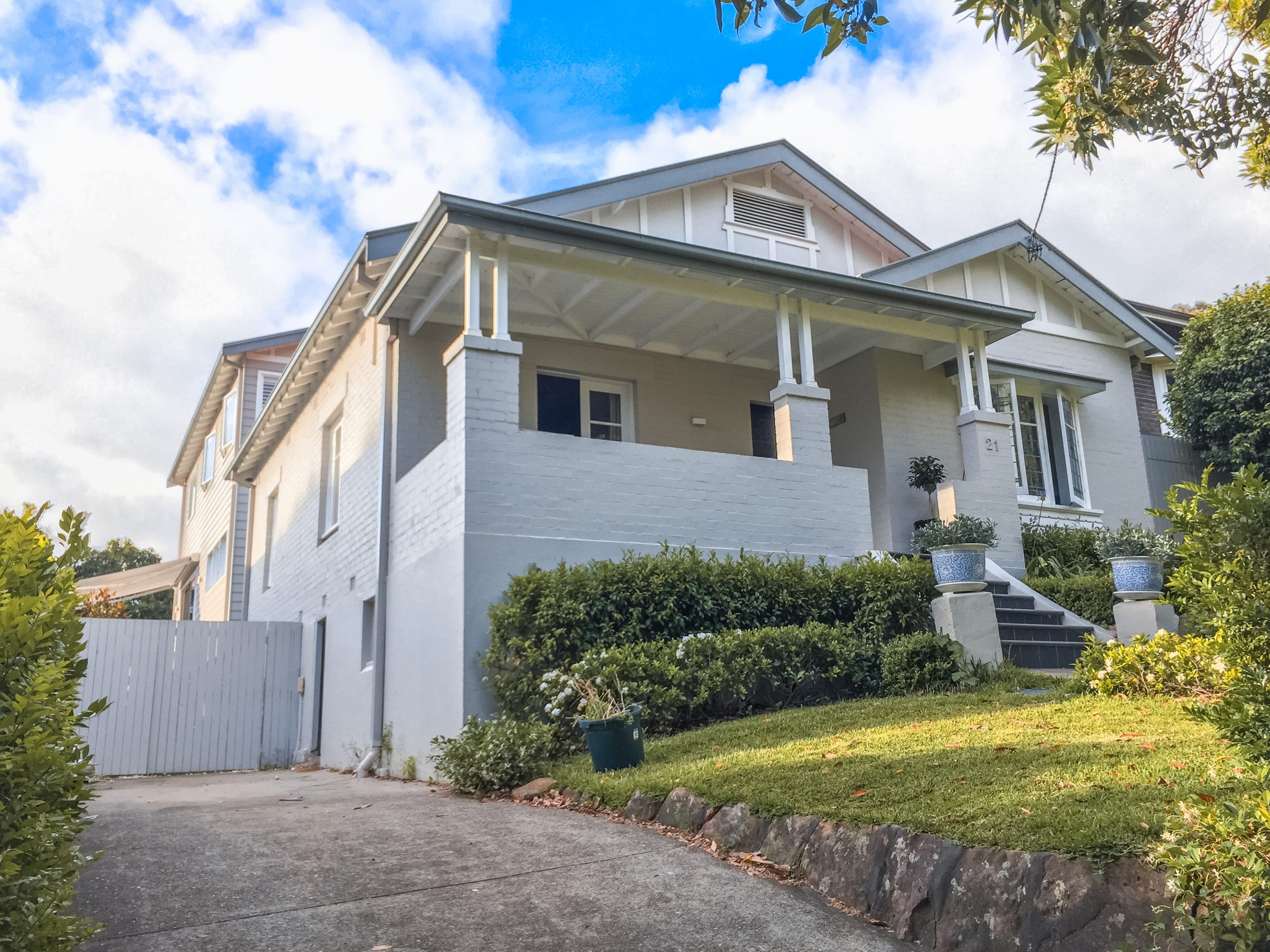
When we talk about the benefits of home improvements before a sale, the spotlight inevitably falls on how a new kitchen or bathroom might increase the potential price.
These two rooms more than any other can offer the best return on investment if you’re thinking of ways to maximise the value of your home before selling. And it’s always great to enhance your lifestyle in your home.
But these big-dollar improvements shouldn’t be made at the expense of crucial upgrades that maintain the structural integrity of your home.
Confronting the fact that your foundations are slipping, or the damp is rising, is an uncomfortable experience. And while we might prefer to spend money on an outdoor entertainment area, the wisest course of action is always to double-down and solve problems first.
It is always best to assume that you can’t really hide problems. Prospective buyers will order reports from a builder and a pest control expert, often as part of their obligation to their mortgage lender. Cracked walls, bad wiring and termite infestation will not escape investigation.
If you don’t, there’ll be a cost. You’ll lose potential buyers and be left with bargain-hunters who’ll demand a hefty discount to fix the problems you ignored.
To help you think through these challenges, we’ve created a list of common issues to check for around your property.
- “Good bones” – This is a favourite real estate phrase for a house that is structurally sound. Look for cracks in walls, broken bricks, missing mortar, rotting boards, water stains on the ceiling, or any other issue that might need attention.
- Hard wired – Prospective buyers are often concerned with the state of the wiring in older homes, and they will specifically ask a builder or electrician to make an assessment. Replacement can cost several thousand dollars. So, if it’s not in good order, many buyers will pass, or negotiate the price down so that you, in effect, end up paying.
- Rising damp – If you have mould on walls, then your home is possibly suffering from poor ventilation or rising damp. Perhaps the damp course, or a section of it, might need replacing. This used to be a saga, but new techniques and products have made remedies easier and cheaper.
- Asbestos – We all know the dangers of asbestos. But its existence in your home will send a shudder through many buyers. Look at replacing it before going to market. Only choose a company that specialises in removing asbestos. Do NOT do it yourself.
- Rotting frames – Older homes will often suffer from rotting wooden window frames. When you replace them, consider aluminium frames that will last longer. A period home would probably need to stick with wood. If this is beyond your budget, employ a painter to both patch them and sparkle them up.
- Budget squeeze – Cosmetic improvements should be made only on a tight budget. By all means install a new benchtop in the kitchen, but don’t spend up when you’re moving on.
- Brush up – Painting the interior is a high-impact improvement that is relatively inexpensive, especially if you do it yourself. It’s often worth painting the front of the home to make a great first impression. Primary colors on front doors are in fashion right now.
- Classy touch – You’ll be amazed at the difference new door handles and lights can make. In living areas, a lighting fixture can make a real statement – and it will stay in the minds of your prospective buyers.
